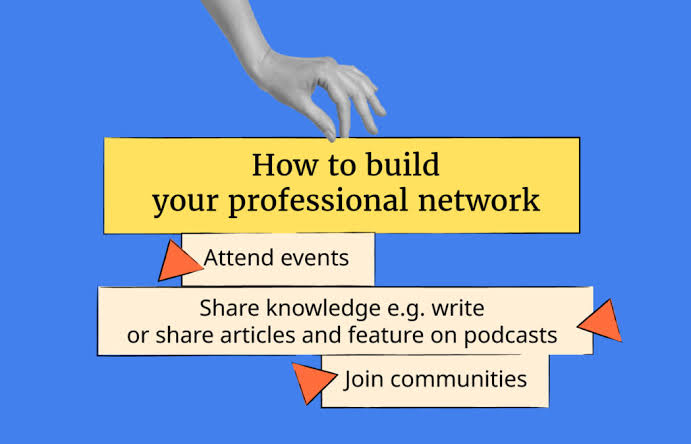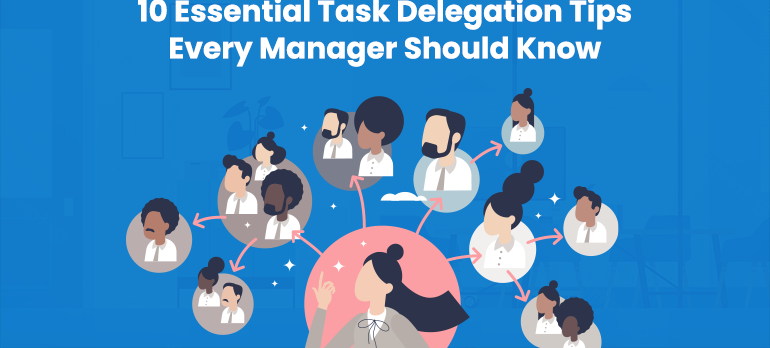In today’s fast-paced professional landscape, having a strong network is one of the most valuable assets any individual can cultivate. As of July 2025, the importance of relationship-building has only deepened, particularly in an era shaped by remote work, hybrid events, and digital-first communications. A professional network goes beyond a long list of contacts—it’s about meaningful relationships that foster mutual growth, collaboration, and career advancement.
A well-developed professional network can open doors to new job opportunities, mentorships, business partnerships, and industry insights. Whether you’re an entrepreneur, a job seeker, or a seasoned executive, maintaining connections with the right people can significantly influence your career trajectory. It’s not just about who you know, but how you maintain and add value to those relationships over time.
Be Clear About Your Purpose and Goals
Before reaching out to people or attending networking events, it’s essential to define what you hope to achieve from your networking efforts. Are you looking for a job, trying to break into a new industry, seeking mentors, or hoping to find collaborators? Knowing your goals helps guide your conversations and ensures that your interactions are intentional.
As of 2025, goal-driven networking is considered more strategic and effective than random outreach. Professionals are encouraged to create a personal networking plan that aligns with their career ambitions. This includes identifying key industries, organizations, or individuals they want to connect with and then mapping out steps to initiate those connections with purpose.
Leverage Online Platforms Thoughtfully
Digital tools have revolutionized how professionals build and maintain networks. Platforms like LinkedIn, GitHub, X (formerly Twitter), and even specialized forums like Clubhouse or Discord servers dedicated to industry discussions have become go-to places for connecting. In 2025, it’s not just about having an online profile—it’s about using that profile to contribute to conversations and establish your presence.
Engage by sharing thoughtful content, commenting on posts in your field, and initiating conversations. If you’re reaching out via direct message, be concise and clear about why you’re making the connection. Avoid generic introductions and instead personalize each interaction based on the recipient’s background or recent achievements.
Attend Industry Events and Conferences
While digital tools are powerful, nothing replaces the authenticity and immediacy of face-to-face interactions. With global events back in full swing by mid-2025, attending conferences, workshops, and trade expos is a practical way to meet professionals in your field. These events provide the opportunity to learn from experts, discover industry trends, and interact with like-minded individuals.
To make the most of networking events, research attendees and speakers beforehand, prepare questions, and follow up after the event. Carry business cards or digital contact cards, and don’t hesitate to introduce yourself to someone new. The value of these spontaneous conversations often becomes evident later when opportunities arise.
Focus on Building Trust and Offering Value
Networking is a two-way street. Rather than focusing solely on what others can do for you, consider what you can offer. This could be sharing an article, making an introduction, giving feedback, or simply offering support. When you add value to your connections, you build trust and lay the groundwork for long-term professional relationships.
The 2025 workplace culture has shifted toward authenticity, empathy, and collaboration. This means superficial connections are quickly overlooked. Instead, those who approach networking with generosity and sincerity tend to build deeper and more lasting professional bonds. Trust is the currency of any strong network.
Diversify Your Network Across Industries and Levels
It’s easy to surround yourself with people from the same industry or background, but true networking power comes from diversity. Connecting with professionals from different sectors, cultures, and job levels gives you access to broader perspectives and more dynamic opportunities.
For example, someone in the tech industry might benefit greatly from understanding marketing trends or legal regulations. Similarly, a junior employee might have fresh ideas that inspire a seasoned leader. By embracing diversity in your networking strategy, you develop a more robust support system and tap into interdisciplinary knowledge that can drive innovation.
Use Follow-Up as a Relationship-Building Tool
One of the most overlooked but crucial parts of networking is the follow-up. After meeting someone—whether online or in person—it’s important to reconnect within a few days. Send a thank-you message, reference something you discussed, or offer to share a helpful resource.
In 2025, most professionals manage large digital inboxes, so a meaningful follow-up stands out. Be genuine and concise. Over time, nurturing these small moments of contact—whether through birthday wishes, congratulating promotions, or checking in after shared events—builds a consistent and credible professional presence.
Join Professional Associations and Local Groups
Beyond global platforms, don’t underestimate the power of local networking. Joining local business chambers, alumni networks, or professional associations can connect you with people in your immediate region or city. These groups often host mixers, webinars, or volunteer opportunities that allow for more intimate and productive connections.
Moreover, local networking tends to foster stronger community ties, which can be especially beneficial if you’re seeking job leads, launching a business, or aiming to become a thought leader in your area.
Embrace Mentorship and Peer Learning
Networking is also about learning. By surrounding yourself with people who challenge, inspire, and support you, you grow both professionally and personally. As of 2025, mentorship—both formal and informal—continues to be a valuable aspect of professional development. Don’t be afraid to seek mentors, and when the time is right, consider becoming one.
Additionally, peer learning groups such as masterminds or accountability circles have gained popularity. These groups foster collaborative learning, mutual encouragement, and resource sharing. They also ensure that networking is not just about collecting contacts, but about continuous personal evolution.
Conclusion: Networking as a Lifelong Investment
Building a strong professional network doesn’t happen overnight. It requires patience, consistency, and intentionality. But the rewards—career advancement, support during challenges, exposure to new ideas, and lifelong collaborations—are invaluable.
As of July 2025, networking is less about status and more about substance. People want to connect with individuals who are genuine, proactive, and value-driven. By staying authentic, offering value, and maintaining meaningful engagement, you lay the foundation for a network that supports your success in every stage of your professional journey. Whether online or in person, the relationships you build today are the bridges to your future.



